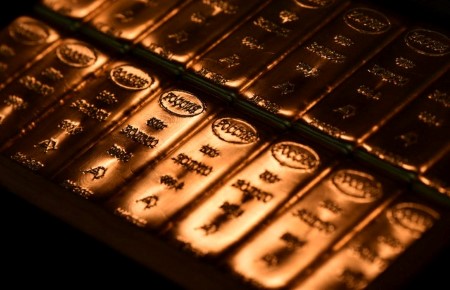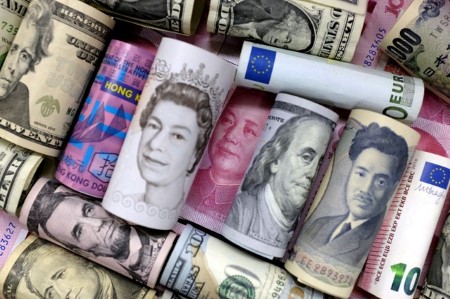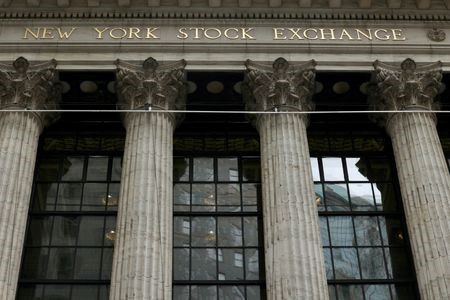BENGALURU, Nov 22 – Most key global stock indexes are forecast to rise modestly over the coming year, closing 2024 below record highs, while a slim majority of stock market experts polled by Reuters expected their markets to touch new peaks within the next six months.
Much will depend on interest rate expectations now central banks are mostly done with a season of aggressive rate rises since the COVID pandemic to dampen a burst of inflation still not completely under control.
Traders and analysts mostly assume the US Federal Reserve will be cutting interest rates by the middle of next year, an outcome that is far from certain and does not clearly align with policy statements from top central bankers.
Those rate-cut expectations are partly behind the views of a slim majority of survey respondents, 46 of 82, who said most key indexes would reclaim record highs by then.
However, only a handful of the 15 top stock indexes were predicted to trade at record peaks by end-2024, based on a wider Nov. 9-22 poll of more than 120 stock market experts.
“After two straight quarters recommending cash over stocks and bonds, we now expect equities to eke out high single-digit returns in 2024 and outperform core fixed income,” noted Ajay Rajadhyaksha, global chairman of research at Barclays.
“Yes, we expect the economy to grow more slowly next year, in both real and nominal terms…But the downside risks to the world economy have diminished greatly. We think stocks will benefit from a fairly benign bottom to this business cycle.”
A strong majority of respondents, 72 of 85, expected corporate earnings in their local market to increase over the coming six months. The remaining 13 said they would decrease.
Despite high interest rates, cooling global inflation, and with it, economic activity, only a slim majority of respondents, 44 of 80, said value stocks would outperform growth stocks over the next six months.
LOWER BOND YIELDS
For now, markets are pricing in a series of 2024 rate cuts, which is sending bond yields lower and stock prices higher.
US 10-year Treasury note yields breached 5.00% last month for the first time since July 2007 but are not expected to revisit that level according to a separate Reuters poll of bond strategists who were proven wrong on the same call for three straight months.
Lower bond yields will likely be required to further any expected gains in stocks, as they had reached a point where investors had got used to years of paltry yields but now represent good value along with security.
But it is not at all guaranteed that trend will continue, having fallen around 60 basis points on US 10-year yields in the last few weeks alone.
“Falling bond yields are being interpreted by equity markets as a positive in the near-term,” said Marko Kolanovic, chief global markets strategist at J.P. Morgan.
“However, we believe that equities will soon revert back to an unattractive risk-reward as the Fed is set to remain higher for longer, valuations are rich, earnings expectations remain too optimistic, pricing power is waning, profit margins are at risk and the slowdown in topline growth is set to continue.”
The benchmark S&P 500 index was forecast to finish next year at 4,700, only about 3% higher from its Monday close, with a possible US economic slowdown or recession among the biggest risks for the market in 2024.
European equity markets were also expected to eke out modest gains in 2024 as optimism that global interest rates have peaked is offset by worries the economy could fall into a recession.
The pan-European benchmark STOXX 600 index was forecast to rise 4.1% to 475 points by the end of next year, from Monday’s close at 456.26.
Canada’s main stock index was expected to rise less than previously thought over the coming year as a slowdown in the global economy weighs on the outlook for corporate earnings.
Among the indices surveyed Japan’s Nikkei 225 and India’s BSE index were expected to continue their strong performance into the next year with the Nikkei expected to reach a three-decade high of 35,000 by end-June of next year and the BSE forecast to hit new highs in 2024.
(Reporting by Hari Kishan and Indradip Ghosh; Additional reporting and polling by correspondents in Bengaluru, Buenos Aires, London, Mexico City, Milan, New York, San Francisco, Sao Paulo, Tokyo, and Toronto; Editing by Ross Finley and Alex Richardson)







 DOWNLOAD
DOWNLOAD







